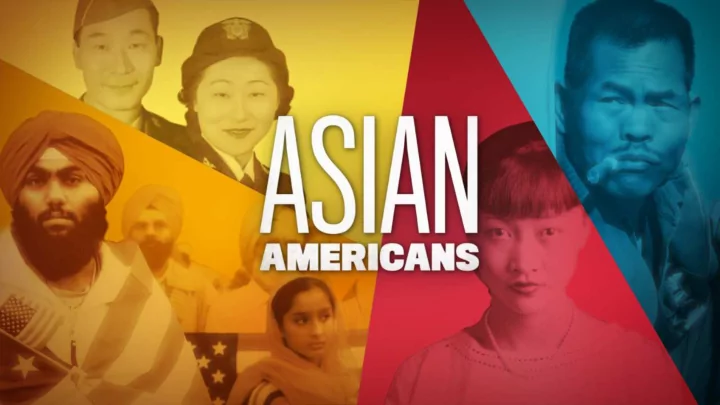

Antero Cabrera, a Filipino interpreter who worked for a prominent American anthropologist, came with his employer to be part of the St. Louis World’s Fair in 1904. Antero was used as part of a human exhibit at the World’s Fair about Filipino tribes, but he went along with the performance in order to travel the world and achieve greater social status with the money he was earning to support his family back home.
In 1866, the Gold Rush attracted Lee Wong Sang to the U.S., but it was largely over when he arrived. He then became part of a growing Chinese labor force that helped build the Transcontinental Railroad. Afterwards, he settled in California like many other fellow railroad workers. As the Chinese gained employment across various sectors such as manufacturing and agriculture, they became a threat to white workers. Asian immigrants, especially the Chinese who made up the majority of the Asian workforce at that time, were eventually banned from entering the U.S. through the Chinese Exclusion Act of 1882.
Mamie Tape, born in the U.S., is one of the earliest Asian Americans. Her parents, Joseph and Mary, were self- made, entrepreneurial Chinese immigrants. In San Francisco in 1884, The Tapes took legal action to claim the rights and privileges of an American citizen for their daughter after their daughter, Mamie, was denied enrollment in an all- white school. The Tapes won their case, but Mamie was forced to go to a segregated school for Chinese Americans.
Moksad Ali, a dark-skinned Bengali Muslim merchant from India, played up his exotic background in order to sell goods and make a living, but experienced xenophobia because of that very same prejudice toward dark-skinned people. He found a home though in the Black community of New Orleans, marrying a Black woman where he raised his family.
Recommend
More recommend